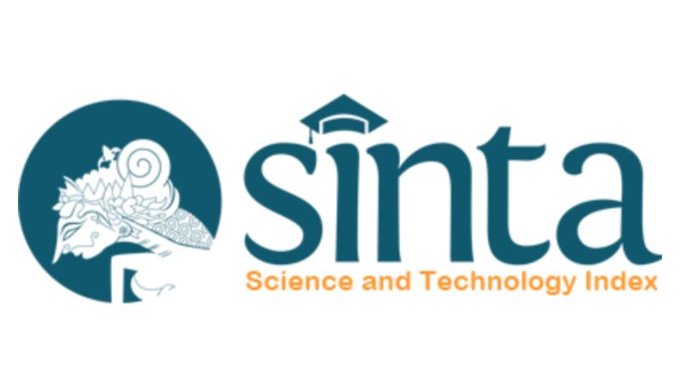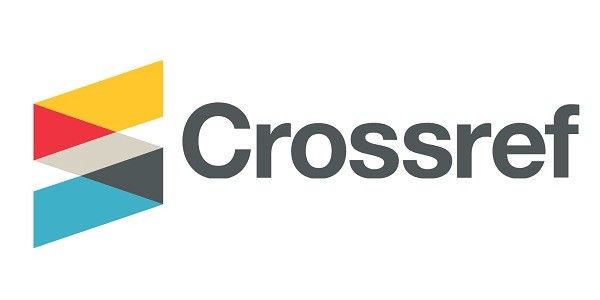Microneedling dengan Platelet-rich Plasma (PRP) untuk Skar Akne Atrofi
DOI:
https://doi.org/10.55175/cdk.v48i9.135Keywords:
platelet-rich plasma (PRP), Skar akne atrofi, microneedlingAbstract
Skar atrofi merupakan komplikasi umum akne dan sangat memengaruhi kualitas hidup pasien. Microneedling dengan PRP untuk memperbaiki skar akne atrofi tergolong sederhana, aman, dan efektif. Teknik ini menggunakan jarum mikro untuk menusuk kulit secara superfisial dan menghancurkan kolagen rusak di lapisan atas dermis, mengaktivasi kaskade penyembuhan luka secara normal yang menstimulasi pembentukan kolagen baru sehingga memperbaiki tampilan skar. Artikel ini memaparkan microneedling dengan PRP sebagai modalitas terapi untuk skar akne atrofi.
Atrophic scars are common acne complication and affect patients’ quality of life. Microneedling with PRP is considered simple, safe, and effective for atrophic scars. The technique uses microneedles to puncture skin superficially and break damaged collagen in the superficial layer of dermis, resulting in activation of normal wound healing cascade which stimulates new collagen formation, thus improving scar appearance. This article describes microneedling with PRP as a treatment modality for atrophic acne scars.
Downloads
References
Iriarte C, Awosika O, Rengifo-Pardo M, Ehrlich A. Review of applications of microneedling in dermatology. Clin Cosmetic Investig Dermatol. 2017;10:289-98.
Wang JV, Schoenberg E, Saedi N, Ibrahim O. Platelet-rich plasma, collagen peptides, and stem cells for cutaneous rejuvenation. J Clin Aesthet Dermatol. 2020;13(1):44-9.
Connolly D, Vu HL, Mariwalla K, Saedi N. Acne scarring – Pathogenesis, evaluation, and treatment options. J Clin Aesthet Dermatol. 2017;10(9):12-23.
Kravvas G, Al-Niaimi F. A systematic review of treatments for acne scarring. Part 1: Non energy-based techniques. Scars, Burns & Healing. 2017;3:1-17.
Abdel Hay R, Shalaby K, Zaher H, Hafez V, Chi CC, Dimitri S, et al. Interventions for acne scars (Review). Cochrane Database of Systematic Reviews. 2016;Issue 4:1-107.
Chawla S. Split face comparative study of microneedling with PRP versus microneedling with vitamin C in treating atrophic post acne scars. J Cutan Aesthet Surg.2014;7:209-12.
Loesch MM, Somani AK, Kingsley MM, Travers JB, Spandau DF. Skin resurfacing procedures: New and emerging options. Clin, Cosmetic Investig Dermatol. 2014;7:231-41.
Singh A, Yadav S. Microneedling: Advances and widening horizons. Indian Dermatol Online J. 2016;7:244-54.
Ablon G. Safety and effectiveness of an automated microneedling device in improving the signs of aging skin. J Clin Aesthet Dermatol. 2018;11(8):29-34.
Iosifidis C, Goutos I. Percutaneous collagen induction (microneedling) for the management of non-atrophic scars: Literature review. Scars, Burns & Healing. 2019;5:1-11.
Meaike JD, Agrawal N, Chang D, Lee EI, Nigro MG. Noninvasive facial rejuvenation. Part 3: Physician-directed – Lasers, chemical peels, and other noninvasive modalities. Semin Plast Surg. 2016;30:143-50.
Bhargava S, Kumar U, Varma K. Subcision and microneedling as an inexpensive and safe combination to treat atrophic acne scars in dark skin: A prospective study of 45 patients at a tertiary care center. J Clin Aesthet Dermatol. 2019;12(8):18-22.
El-Domyati M, Barakat M, Awad S, Medhat W, El-Fakahany H, Farag H. Microneedling therapy for atrophic acne scars: An objective evaluation. J Clin Aesthetic Dermatol. 2015;8(7):36-42.
Fabbrocini G, De Vita V, Pastore F, Panariello L, Fardella N, Sepulveres R, et al. Combined use of skin needling and platelet-rich plasma in acne scarring treatment. Cosmetic Dermatol. 2011;24(4):177-83.
Nair PA, Arora TH. Microneedling using dermaroller a means of collagen induction therapy. Gujarat Medical J. 2014;69(1):24-7.
Mehta-Ambalal SR. Neocollagenesis and neoelastinogenesis: From the laboratory to the clinic. J Cutan Aesthet Surg. 2016;9:145-51.
Thi Minh PP, Dang Bich D, Thi Hai VN, Nguyen Van T, Tran Cam V, Hau Khang T, et al. Microneedling therapy for atrophic acne scar: Effectiveness and safety in Vietnamese patients. Open Access Maced J Med Sci. 2019;7(2):293-7.
Draelos ZD, Rheins LA, Wootten S, Kellar RS, Diller RB. Pilot study: Autologous plateletrich plasma used in a topical cream for facial rejuvenation. J Cosmet Dermatol. 2019;18:1348-52.
Alves R, Grimalt R. A review of platelet-rich plasma: History, biology, mechanism of action, and classification. Skin Appendage Disord. 2018;4:18-24.
Khunger N. Regenerative medicine in aesthetic surgery: Hope or hype?. J Cutan Aesthet Surg. 2014;7:187-8.
Alser OH, Goutos I. The evidence behind the use of platelet-rich plasma (PRP) in scar management: A literature review. Scars, Burns & Healing. 2018;4:1-15.
Piao L, Park H, Jo CH. Theoretical prediction and validation of cell recovery rates in preparing platelet-rich plasma through a centrifugation. PLoS ONE. 2017;12(11):1-25.
Hashim PW, Levy Z, Cohen JL, Goldenberg G. Microneedling therapy with and without platelet-rich plasma. 2017;99(4):239-42.
Asif M, Kanodia S, Singh K. Combined autologous platelet-rich plasma with microneedling verses microneedling with distilled water in the treatment of atrophic acne scars: A concurrent split-face study. J Cosmetic Dermatol. 2016;15:434-43.
Downloads
Published
How to Cite
Issue
Section
License
Copyright (c) 2021 Cermin Dunia Kedokteran

This work is licensed under a Creative Commons Attribution-NonCommercial 4.0 International License.





















